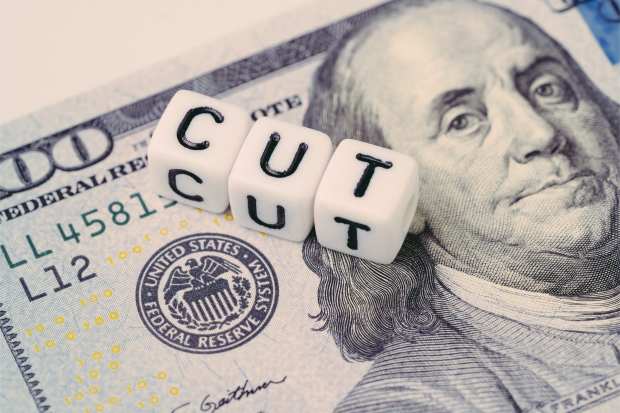Big Firms Draw Down Billion Dollar Credit Lines

In the world of credit, in the scramble to shore up at least some financial stability by filling corporate coffers for the deluge of rainy days now here, size matters.
The largest firms in the U.S. are tapping into credit lines that have been at the ready, gathering up the capital needed to keep operations humming, eyeing a credit crunch as the coronavirus crisis continues.
Might the smaller players — small and medium-sized businesses (SMBs) — be left scrambling to find the same types of cushion?
Hilton has drawn down a $1.8 billion revolving credit facility. Air France-KLM has drawn down a $1.2 billion loan. Yesterday (March 16), Kraft Heinz said it tapped a credit line worth as much as $4 billion.
The activity comes as firms look toward a credit freeze that may indeed (perhaps likely) be on the horizon.
For smaller firms, at least some data we have is a bit rearview mirror, and may not reflect the fluidity of the credit/lending situation.
NFIB reported that in a survey across 300 small business owners last month, few were seeking credit. Of those surveyed, 32 percent said all their credit needs were met and more than half said they were not interested in seeking a loan. That was the sentiment in February. We’ll assume that sentiment has changed markedly since then.
And here we have a mirror image of 2008: Back then, a financial crisis triggered an economic crisis. This time around, the economic crisis may be spurring a financial crisis.
As the coronavirus hits top lines, and by extension bottom lines, as operations are interrupted by mandatory closings and by a shift to workers staying home, and as supply chains are still idled, lenders are understandably concerned that they may not see interest payments made, or that they may ever get repaid on principal down the line. Thus, they pull back on lending in general. Companies find it harder to borrow, and do not have the working capital in place that is needed to sustain operations.
In an interview with The New York Times, Michael Greenberger, University of Maryland Francis King Carey School of Law businesses professor, said that “the economy is coming to a half of a dead stop,” and noted that “all of these businesses are going to at some time have to re-up their loans, renew their loans, roll them over. With the decline in revenues the ability to borrow money is going to be very problematic.”
Interest Rates Slashed
The credit freeze looms despite the fact that this past weekend, the Federal Reserve slashed interest rates to (roughly) zero. The idea is that lower rates will keep money moving through the U.S. economy, and that lenders, instead of keeping cash parked, will put it to work. The Trump administration and lawmakers, joined by the U.S. Chamber of Commerce, have asked that the Fed allow firms with more than 500 employees (we note these are not exactly SMBs) to be able to tap the central bank’s discount window directly to borrow funds. That’s a departure from standard policy, where such lending activity is available for banks.
This time around is a bit different. During a prolonged period of low interest rates (and in some cases or geographies, negative interest rates), to get at least some (relatively) higher return on investment, all manner of companies have been able to find lenders (especially through bond issuance). S&P Global has estimated that “BBB” rated debt — relatively riskier debt — accounts for more than half of investment grade bonds in the U.S., at $3.2 trillion, and accounts for as much as $7 trillion globally.
In a nod toward the funding needs of smaller players — and the need to stave off a liquidity crunch — the Federal Reserve said Tuesday (March 17) that it is opening a support system for these financial needs, through a commercial paper funding facility. It’s an emergency fund, of sorts, that establishes a “special vehicle” that will buy unsecured and asset backed commercial paper.
Will it be enough? In an interview with PYMNTS, Jerry Flum, CEO of CreditRiskMonitor, said the stage may be set for negative ripple effects. He said bond debt, not counting loans, held by public companies represents 48 percent of GDP, and total debt outstanding (public and private) represents multiples of GDP.
“That’s a record,” he told PYMNTS, “and a lot of it is junky corporate debt. The quality of debt has come down over the last several years because the governments of the U.S. and around the world suppressed interest rates.”
